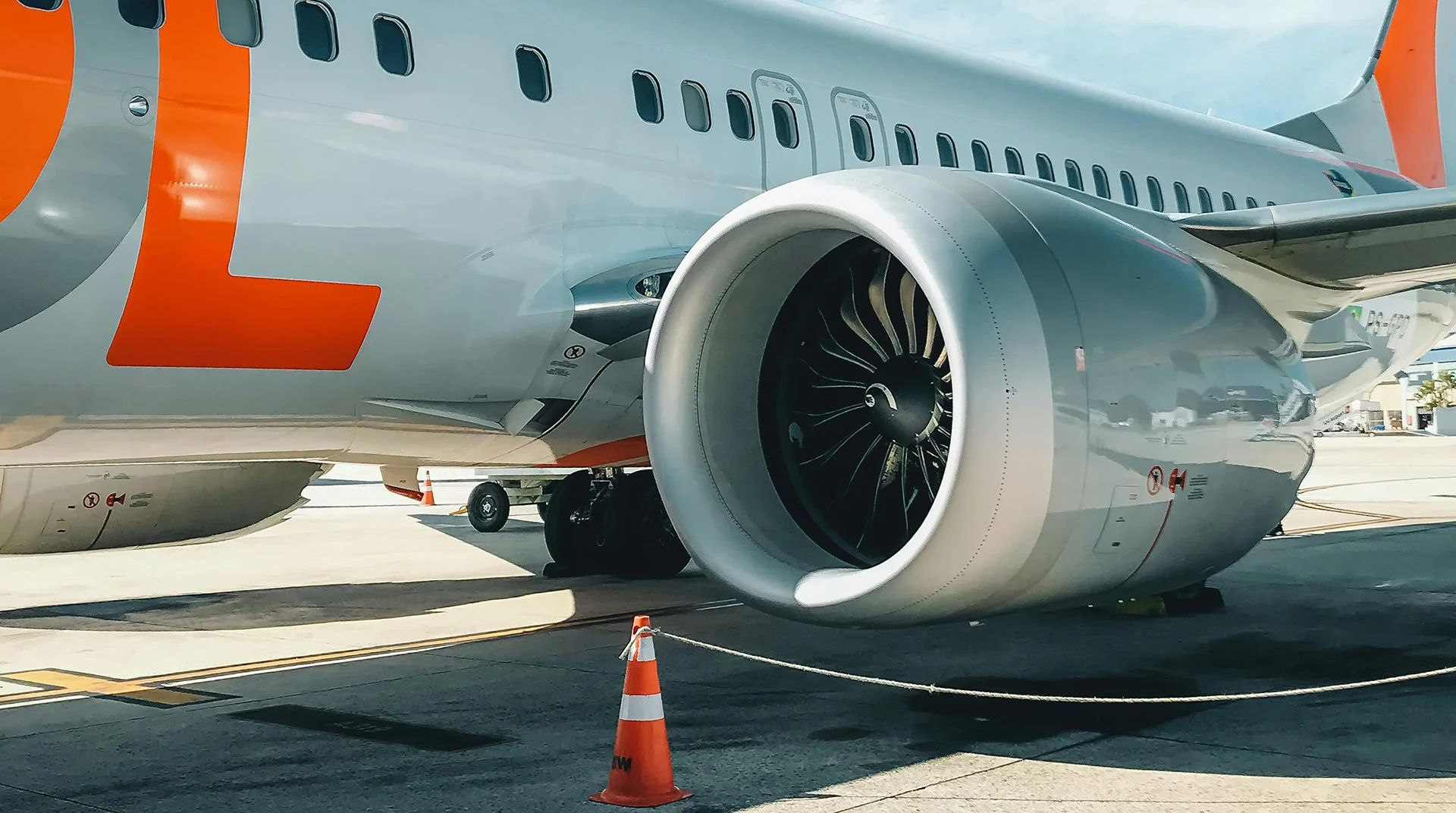
Plastics in aerospace
Plastics play a crucial role in aerospace due to their unique properties that contribute to the performance, safety, and cost savings of aircraft and spacecraft. From structural components to insulation and electrical systems, plastics such as carbon fiber composites and thermosetting materials offer benefits such as weight reduction, resistance to extreme temperatures, and chemical resistance. These properties make plastics indispensable in the development of efficient, safe, and durable aerospace technologies.
Important Properties
Weight Reduction
- Carbon Fiber Reinforced Polymers (CFRP): These materials are extremely light and strong, making them ideal for structural applications in aircraft and spacecraft. By using carbon fiber composites, the weight of the structure can be significantly reduced, leading to better fuel efficiency and performance.
- Glass Fiber Reinforced Polymers (GFRP): Also lightweight and strong, glass fiber composites are commonly used in non-structural parts such as panels and coverings.
Strength and Stiffness
- Polymer Matrix Composites: Composites like CFRP and GFRP provide high strength and stiffness, which is essential for creating strong yet lightweight components that can withstand the extreme conditions of space and aerospace.
Corrosion and Chemical Resistance
- Epoxy Resins and Other Thermosets: These materials are resistant to corrosion and chemical degradation, making them suitable for use in the demanding aerospace environment where exposure to fuels, oils, and other chemicals is common.
Heat and Fire Resistance
- Heat Shield Materials: Plastics such as silicon oxide and ceramic composites are used in spacecraft heat shields to provide protection against the extreme temperatures encountered during re-entry into the atmosphere.
- Thermosetting Plastics: Materials like polyimide and other heat-resistant plastics are used in electronic components and coatings that must withstand high temperatures.
Insulation
- Thermal and Acoustic Insulation: Plastics like polyurethane and other insulating foams are used for thermal and acoustic insulation in aircraft to regulate the internal environment and reduce noise levels.
- Electrical Insulation: Polyimide and other high-performance plastics are used for insulating electrical wiring and components in aircraft and spacecraft, where reliable electrical insulation is crucial for the safety and operation of the system.
Replacement for Traditional Materials
- Metal Replacements: Plastics can be used as replacements for traditional metals in certain applications, such as internal structural elements and fasteners, reducing costs and weight without compromising performance.
Examples of Applications
- Structural Elements: Aircraft like the Boeing 787 Dreamliner use CFRP for a significant portion of their structure, contributing to a substantial reduction in weight and improved fuel efficiency.
- Spacecraft: Satellites and spacecraft use composites and special plastics for both structural and insulating applications, such as solar panels and enclosures for electronic systems.
- Interior Components: Plastics are used in the interiors of aircraft, such as upholstery and storage compartments, to save weight and ensure durability.
Available Plastics
A selection of plastics supplied by Profplastic to the aerospace sector:
- POM
- PETP
- HMPE
- PVC
- PS
- PU
- PC
- PA6
- PTFE
Conclusion
Plastics are crucial in the aerospace sector due to their combination of lightweight, strength, resistance to extreme conditions, and versatility, contributing to improved performance and efficiency in both aircraft and spacecraft.
Interested in the plastics Profplastic supplies to the aerospace industry? Contact us today!
